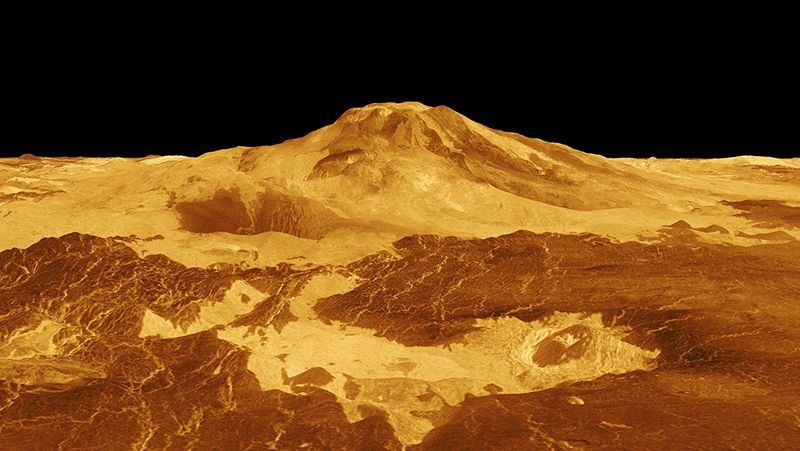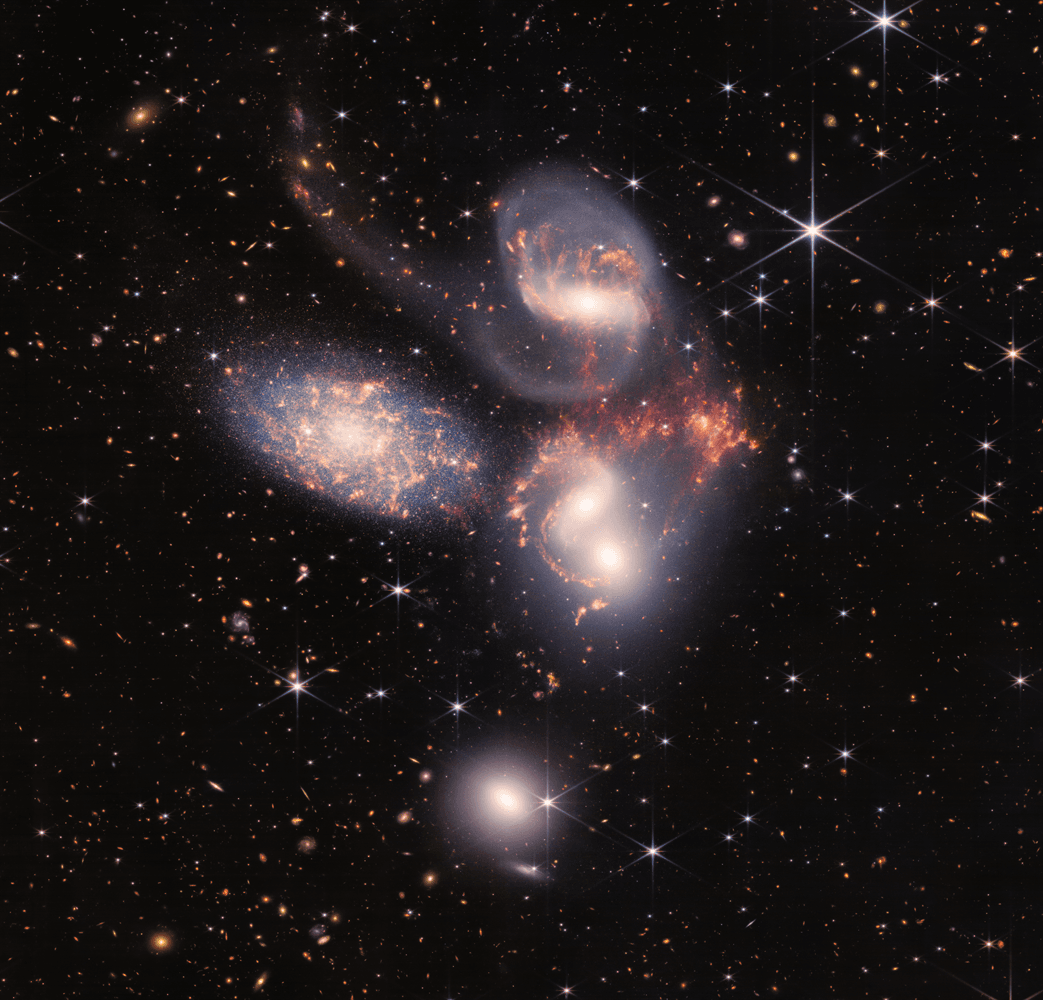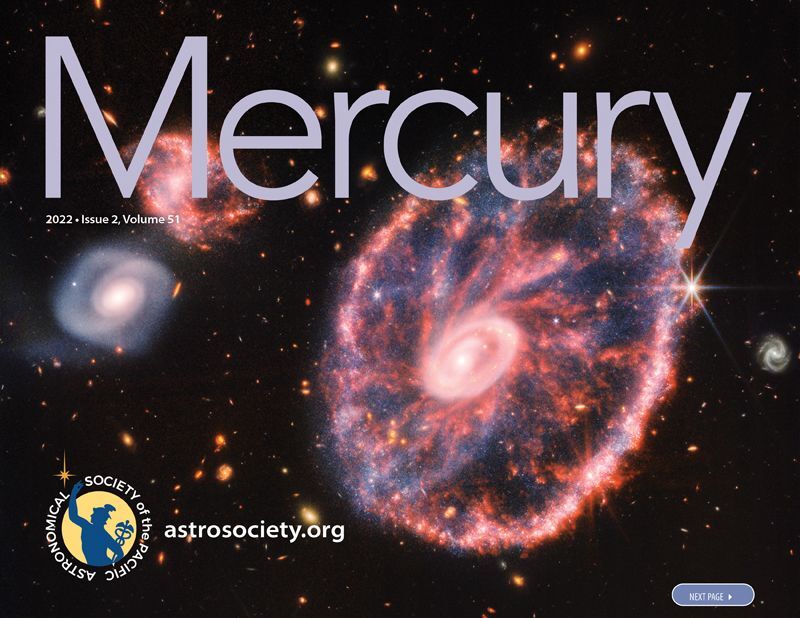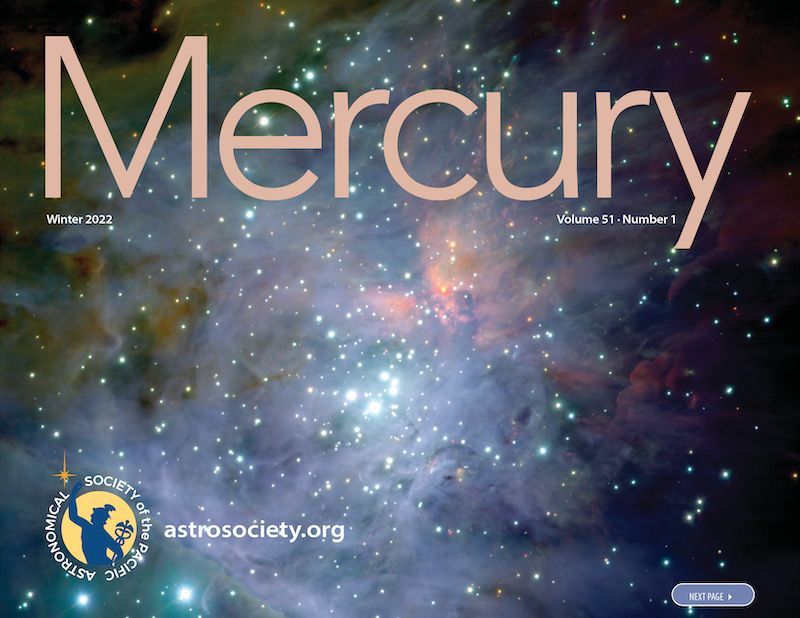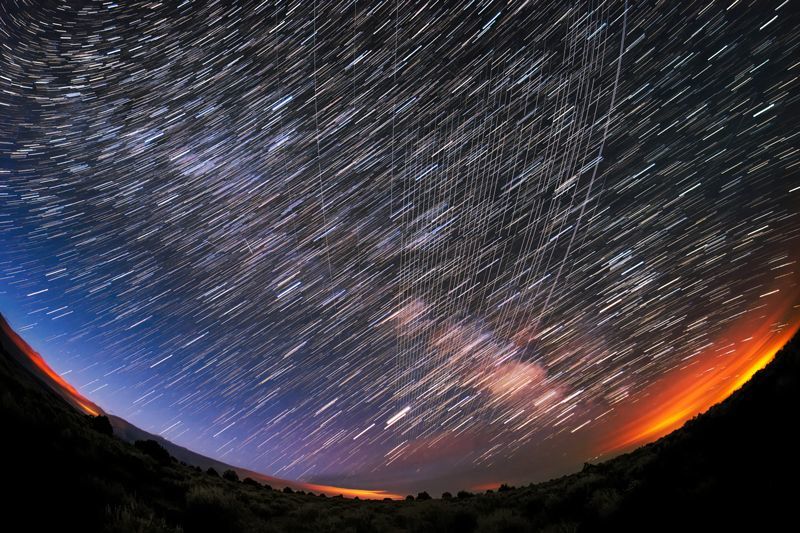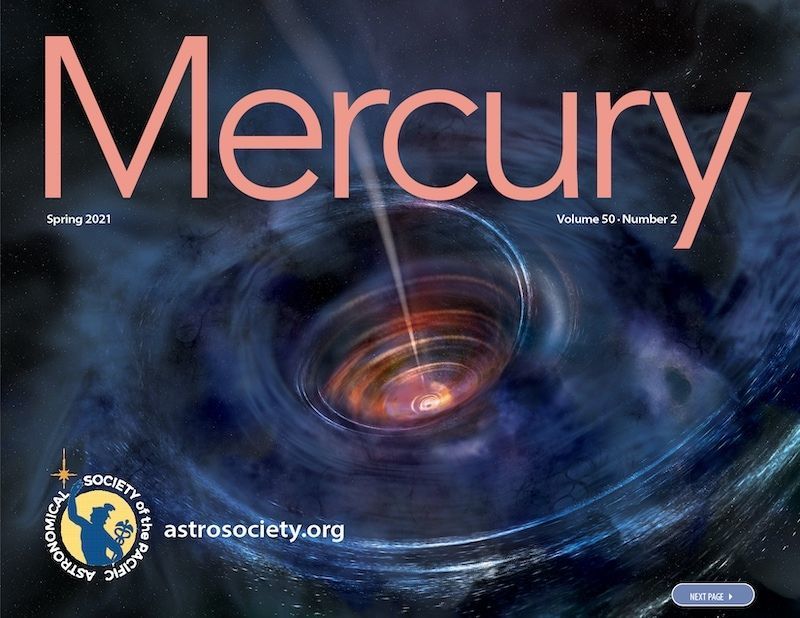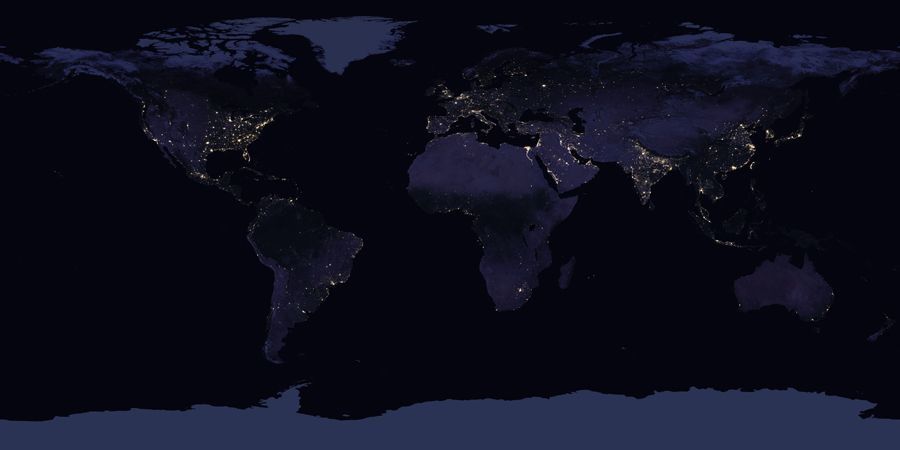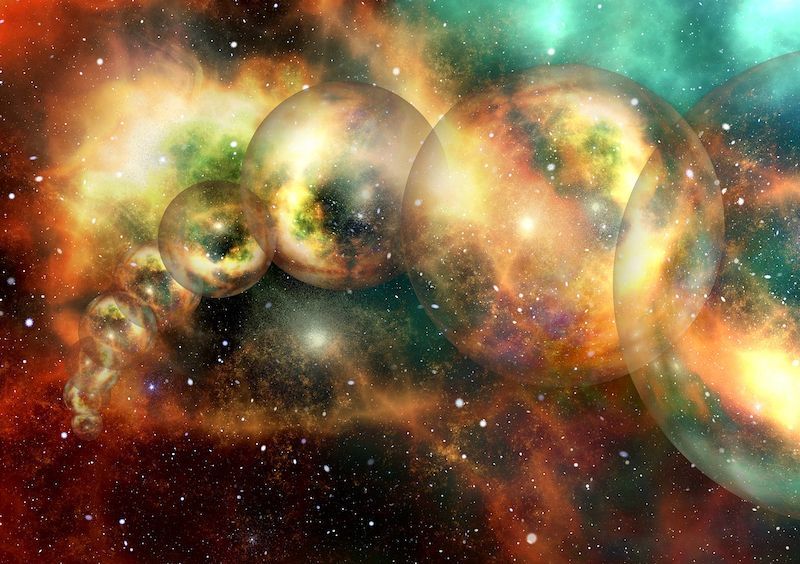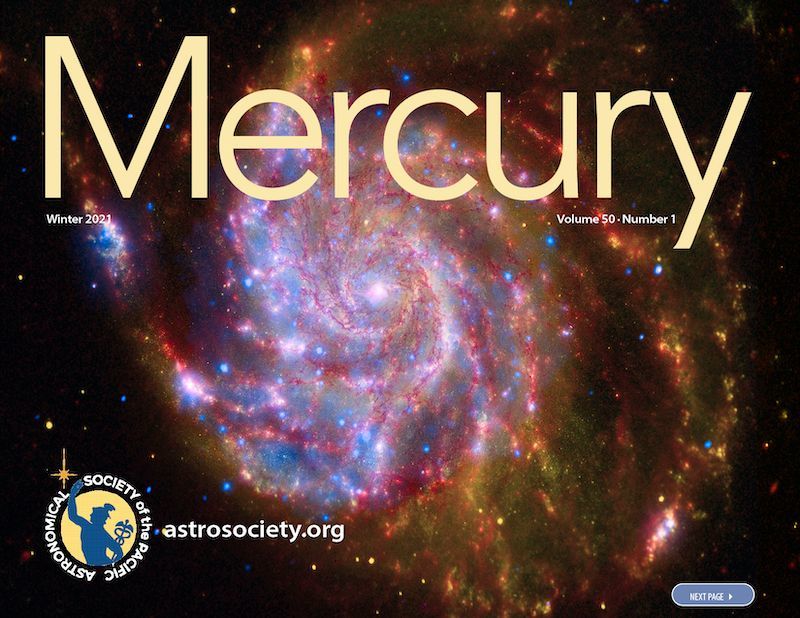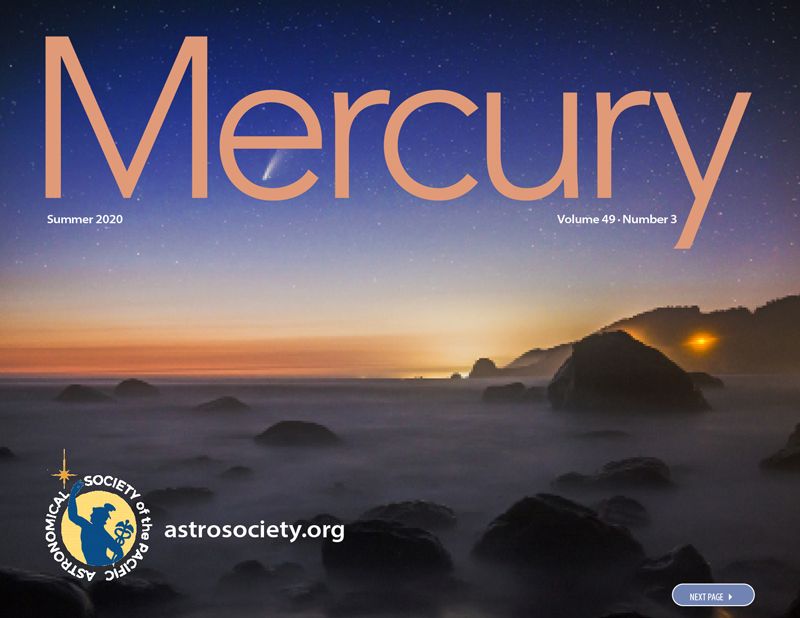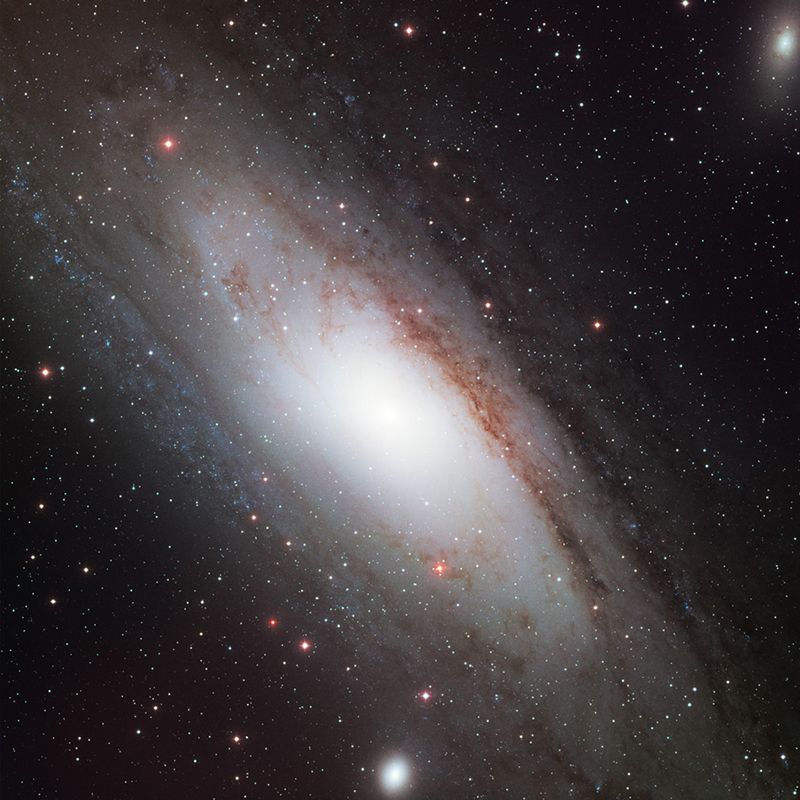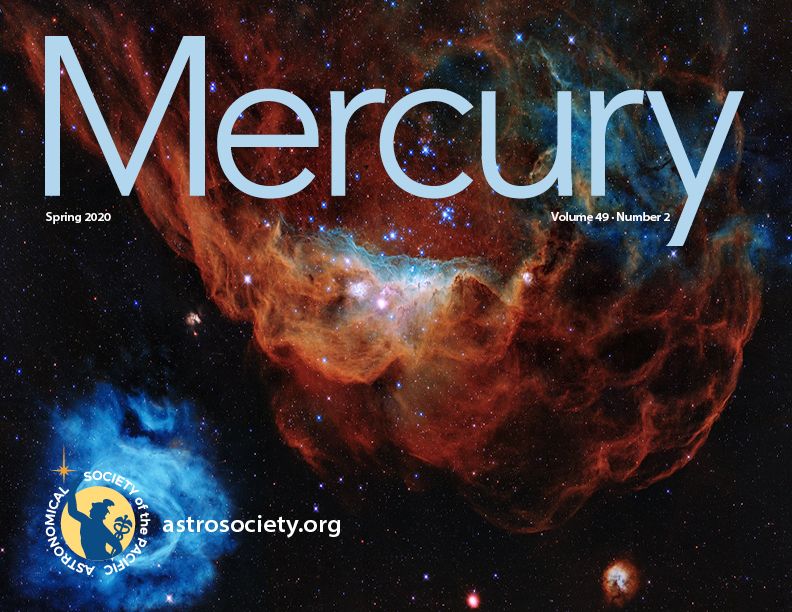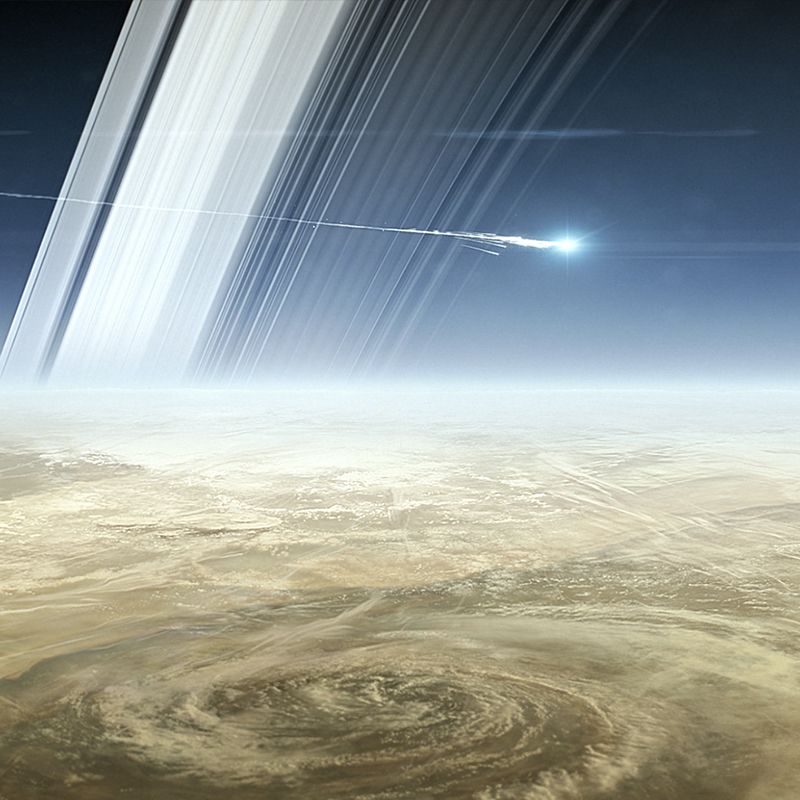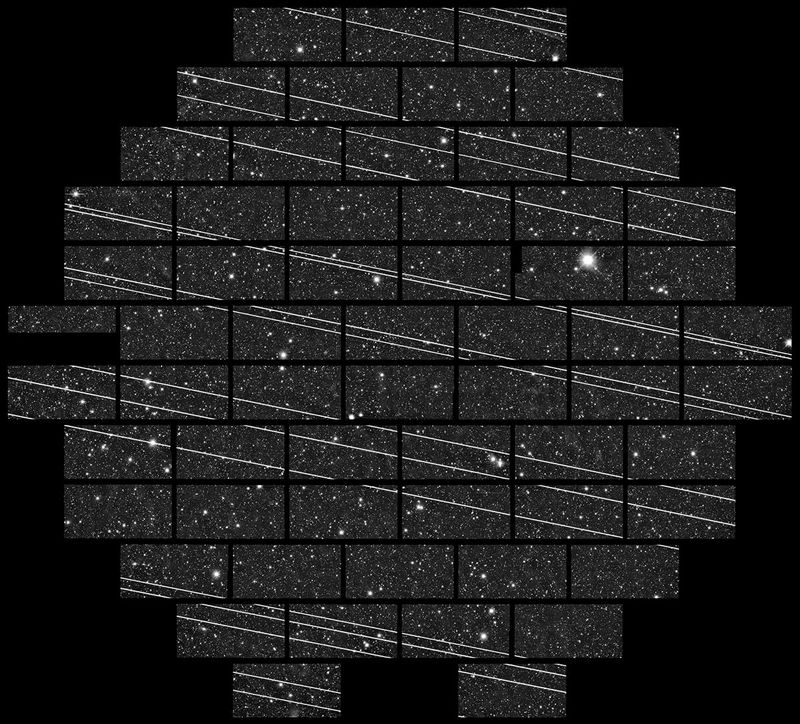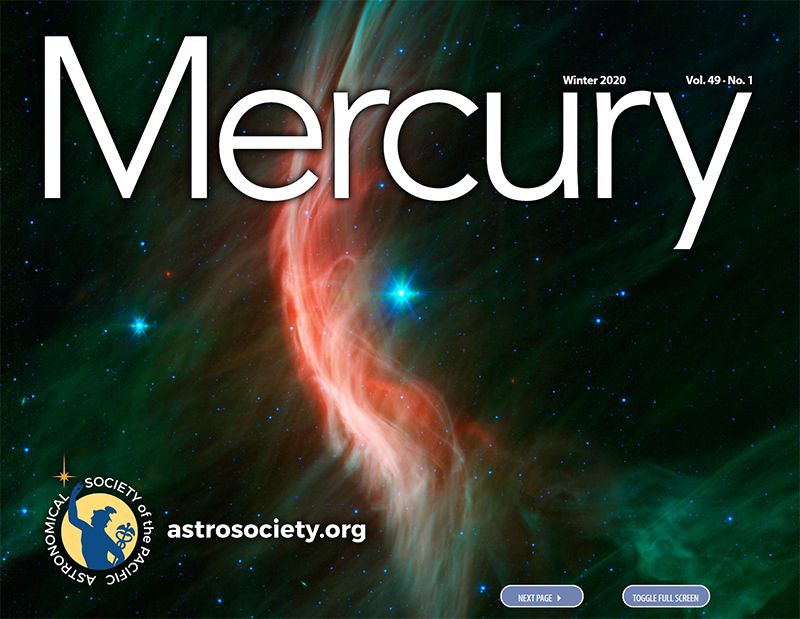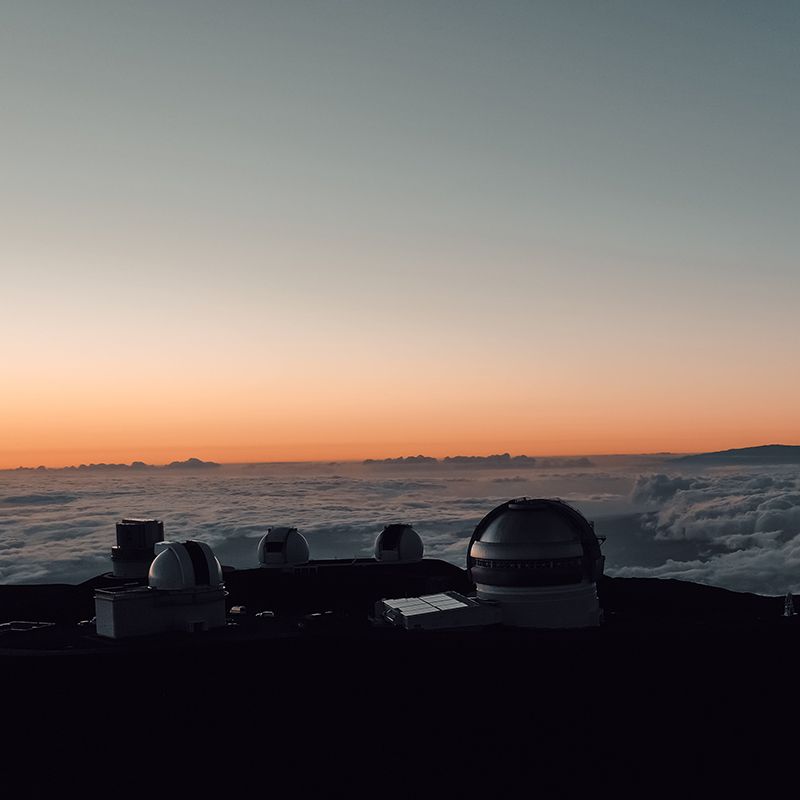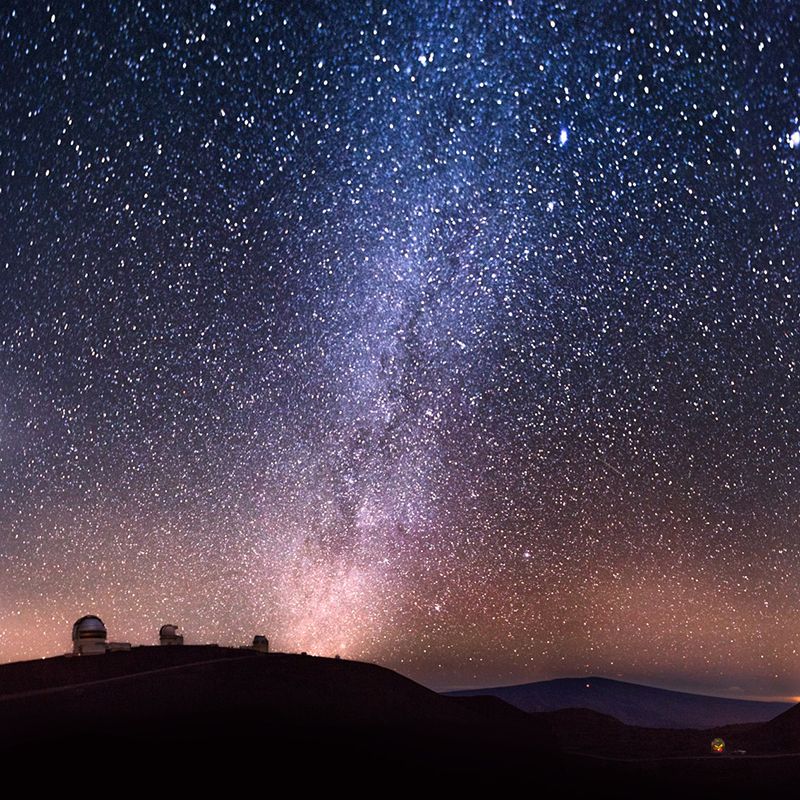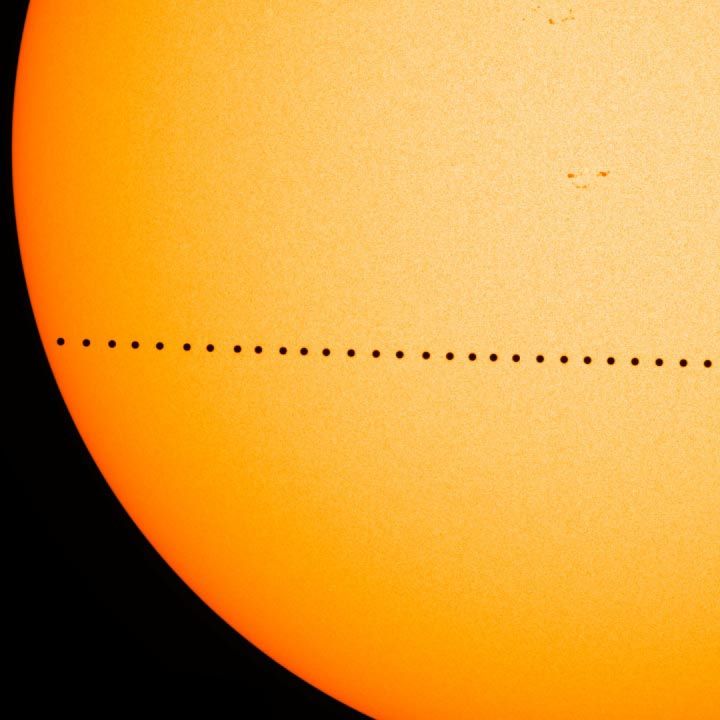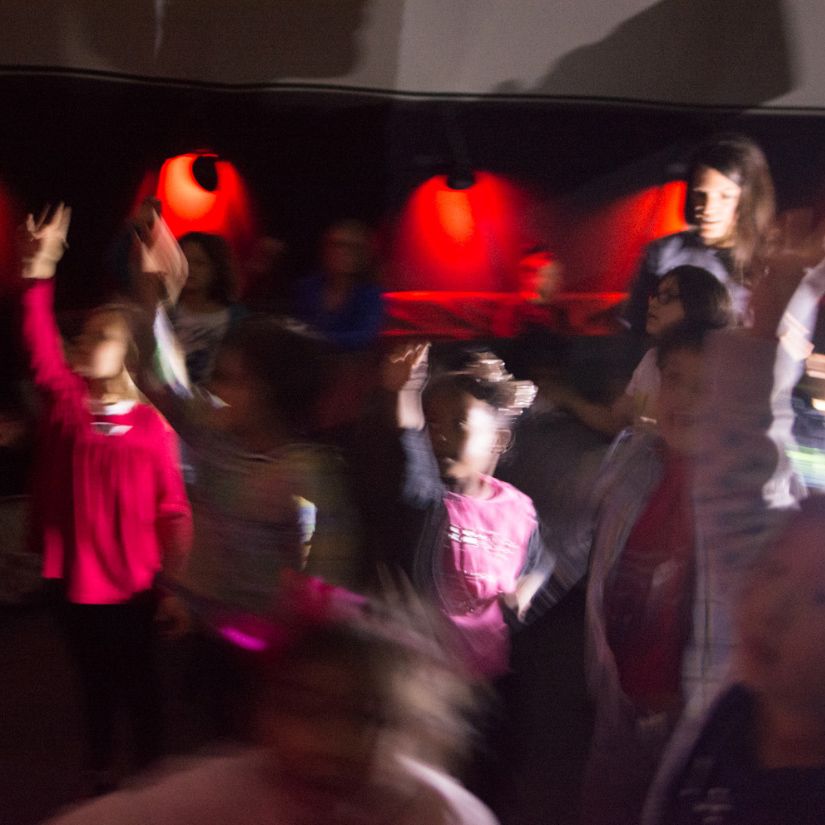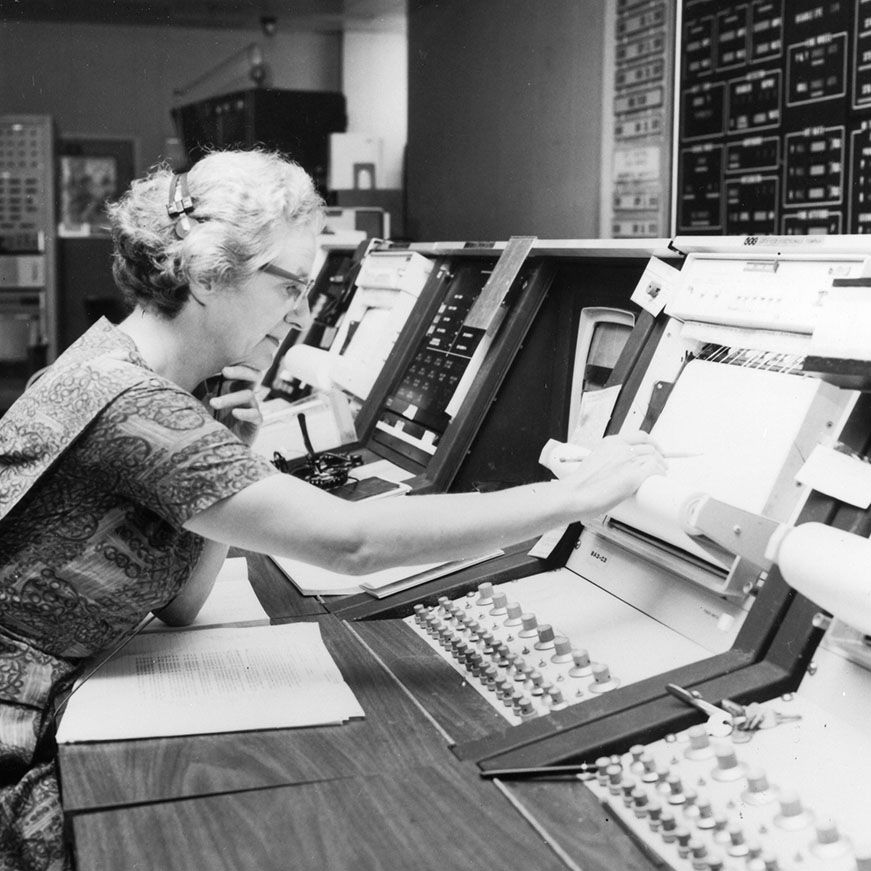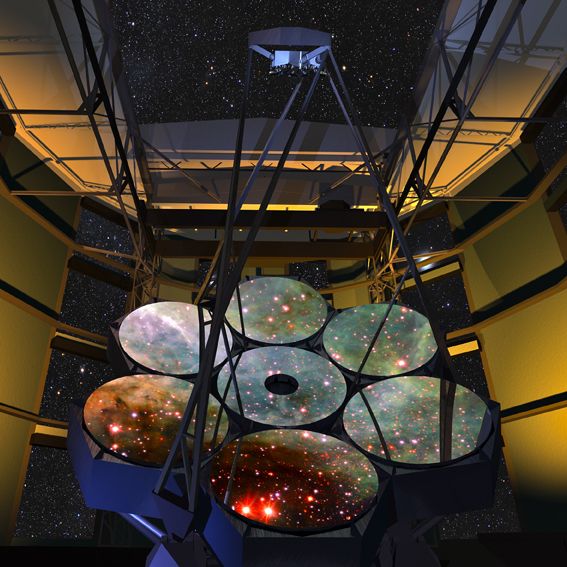Education
In archival spacecraft data of Venus, planetary scientists found evidence of active volcanic activity.
How can we create student groups that merge naturally into a cohesive whole?
The newest issue of Mercury (Vol. 51 no. 2) is available to members, and this issue features a deepdive into the Event Horizon Telescope's observations of the Milky Way's supermassive black hole, details of the first images from the James Webb Space Telescope, news about several Mars missions, a look at the historical 1638 solstice lunar eclipse, and more!
The Winter 2022 issue of Mercury (Vol. 51 no. 1) is available to members, and this issue features an overview of the James Webb Space Telescope mission, an introduction to CubeSats for science and education, prints from a historic astronomical artist, tips for improving classroom dynamics, and more!
In response to technologies that impede scientists' research and humans' enjoyment of the night sky, the International Astronomical Union (IAU) has established the Centre for the Protection of Dark and Quiet Skies from Satellite Constellation Interference.
The Spring 2021 issue of Mercury (Vol. 50 no. 2) is available to members, and this issue features a new column, the story of black holes, a guide to the Kuiper Belt, astronomy's patron saint, the mysteries of our home galaxy, and more!
You can contribute to astronomical science with your smartphone!
Imagine if science fiction’s plot tool of intermingling parallel universes mixed our 2020 with another Earth’s.
The Winter 2021 issue of Mercury (Vol. 50 no. 1) is available to members, and this celebratory issue features 50 years of human space exploration, NASA's Great Observatories program to understand the universe, historical solar eclipses, and more!
The COVID-19 pandemic has forced educators to change their teaching style.
The Summer 2020 issue of Mercury (Vol. 49 no. 3) is available to members, featuring discoveries from the Gaia spacecraft, news about the brightest Northern Hemisphere comet in decades, a poet's exploration of the Solar System, and more!
Learn about Edwin Hubble, the namesake of the workhorse space telescope.
The Spring 2020 issue of Mercury (Vol. 49 no. 2) is available to members, featuring the people behind the Hubble Space Telescope, how Hubble data has changed astronomy, how teachers are responding to COVID-19, and more.
Anthropomorphizing robotic space missions via social media can help students better connect with their understanding of the solar system.
Light pollution and satellite constellations not only jeopardize the future of astronomy.
The Winter 2020 issue (vol. 49 no. 1) of Mercury magazine is online for ASP members, featuring a goodbye to Spitzer, kicking off a busy decade for Mars, and paying tribute to Katherine Johnson.
You’ll never watch “Finding Nemo” in the same way again.
From the classroom to the summit of Maunakea, the appreciation of different perspectives can bridge cultural divides.
As protests continue to stall construction of the Thirty Meter Telescope on Hawaii’s Maunakea, where do we go from here?
The ASP is committed to promoting inclusion in astronomy, so this is an opportunity for the Society to shine a light on the growing Thirty Meter Telescope (TMT) controversy.
Observations of this relatively rare phenomenon offers both scientific and educational opportunities.
To avoid the eighth-circle-of-hell tedium of grading, lean on your students’ collaborative creativity and have some fun.
Formal and informal learning have their pros and cons, but the ASP is at the intersection working to get the best out of both.
Without her, the Hubble Space Telescope may not have gotten off the ground.
It’s important for every learner to see themselves reflected in the ongoing exploration of the universe.
A cautionary tale about never underestimating a class full of Astro101 students.

